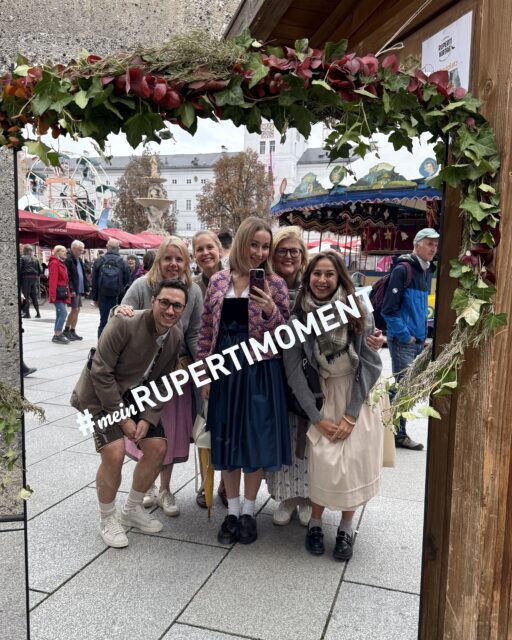Insights
Are you curious about what we do? We offer you insights into our world and that of our clients, provide practical tips and bring you news and topics relating to leadership and change.

KOKO Aligns its Administration for the Future

From Fractures to Bridges

Dual Leadership
Viktor Frankl
“Between stimulus and response there is a space. In that space lies our power to choose our response. In our response lies our growth and our freedom.”

What is Somatic Coaching?
Definition
Somatic coaching is a process-oriented form of support.
It uses physical awareness, movement and mindfulness to promote personal development, change and self-efficacy.
Key Features
A central component is strengthening body awareness, with embodiment playing a key role. This involves not only understanding emotions and thoughts, but also experiencing them physically, thereby making them changeable.
In this way, inner resources are activated and insights are anchored in the body in a lasting way.
Fields of Application
Whether in personal development, resilience training or leadership, change, stress or inner growth, somatic coaching is effective wherever consciousness and movement come together.
4-K Resilience Tool
Clarity
What exactly is the challenge?
Control
What specifically is within my sphere of influence (directly or indirectly)?
Competence
Which of my strengths and experiences will help me here?
Contact
Who or what can support me in my specific situation?
Restart: 3 Impulses for Transformation
Corporate culture defines the framework for leadership principles
The values of an organization describe the how — they form the foundation for leadership principles and behavior.
At KOKO, these values provide clarity, orientation, and genuine empowerment in everyday leadership.
Separate, and then integrate, function and person when redesigning the organizational structure
When rethinking an organizational structure, it can be helpful to separate the person from the function.
That’s why we started with defining the functions first. In the next step, people will be assigned to these functions based on their competencies.
Involve employees for successful change
Those who are allowed to co-create will support the change. Open ears, transparent communication, and participatory formats foster acceptance and bring transformation to life.
Stability vs. Agility:
Transformations rarely succeed with an either/or approach.
Stability as an anchor
Employees quickly feel insecure during change processes. A clear framework – transparent communication, consistent leadership, clear objectives – reduces fears and creates trust.
This is where managers come in: providing guidance, setting the course, creating security.
Agility as an enabler
At the same time, flexibility is needed: bottom-up feedback provides valuable input because employees are close to customers and processes. Cross-functional teams enable new projects to be implemented quickly and innovatively.
Managing the tension
Top-down transformation and bottom-up agility are not mutually exclusive – they complement each other. Stability prevents chaos, agility prevents rigidity. Together, they enable transformations to be planned systematically and promote innovation and commitment.
Times of change increase the demands on leadership competencies
Personal Maturity: A Key to Effective Leadership
What matters most is maturity: inner strength, responsibility, and clarity in one’s role.
It is reflected in the ability to recognize opportunities, take responsibility, and maintain the capacity to act – even in small matters.
Alignment vs. Autonomy: Who Bears Responsibility for What
Leadership does not mean providing all the answers, but rather enabling responsibility.
This is achieved through balance: shared goals (alignment) and room for independence (autonomy).
Reflection: The Foundation of Trust
Effective leadership requires reflection. Those who question their own behavior, create transparency, and remain in dialogue build trust – the most important resource in times of change.
